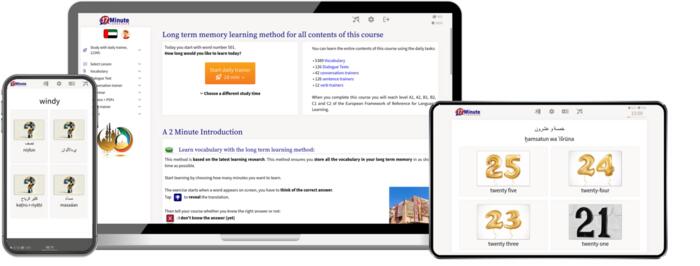Fast and highly efficient learning method:
You can have your first conversation after 3 hours and become fluent after 50 hours – for PCs, smartphones and tablets!
You can have your first conversation after 3 hours and become fluent after 50 hours – for PCs, smartphones and tablets!

